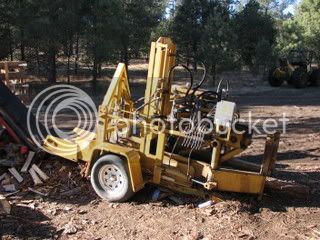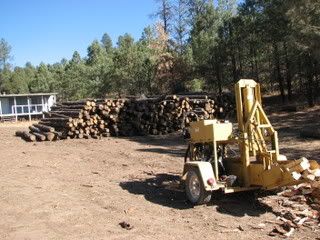BarkBuster20
Addicted to ArboristSite
Tip for OP: when stacking,
1. line up the cut ends on one side of the stack perfectly, then
2. photograph the stack from that side only.
Voila! Nobody has to know what the other side looks like.
Jack
Lol in my book thats close to false advertisement, and i am sure customers would notice. Specially if it dont fit in there stove.







